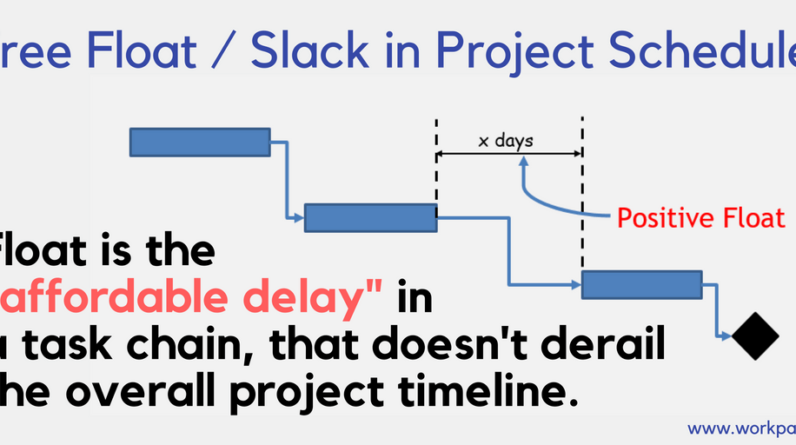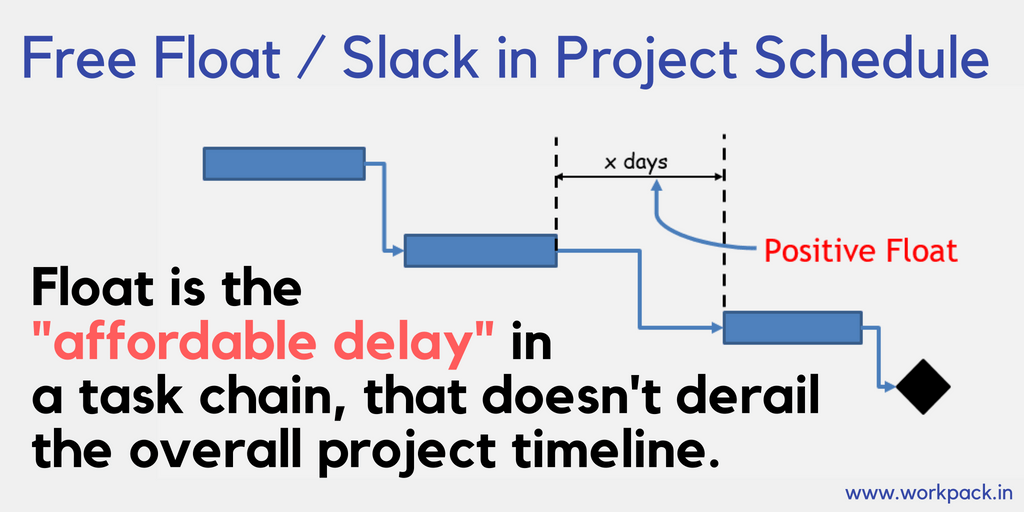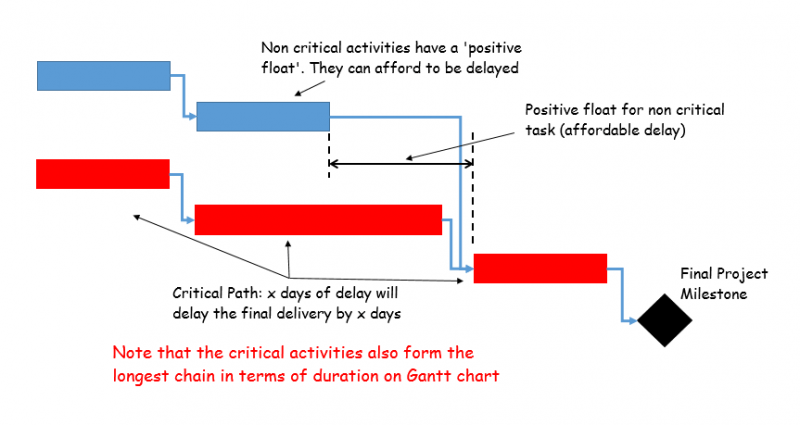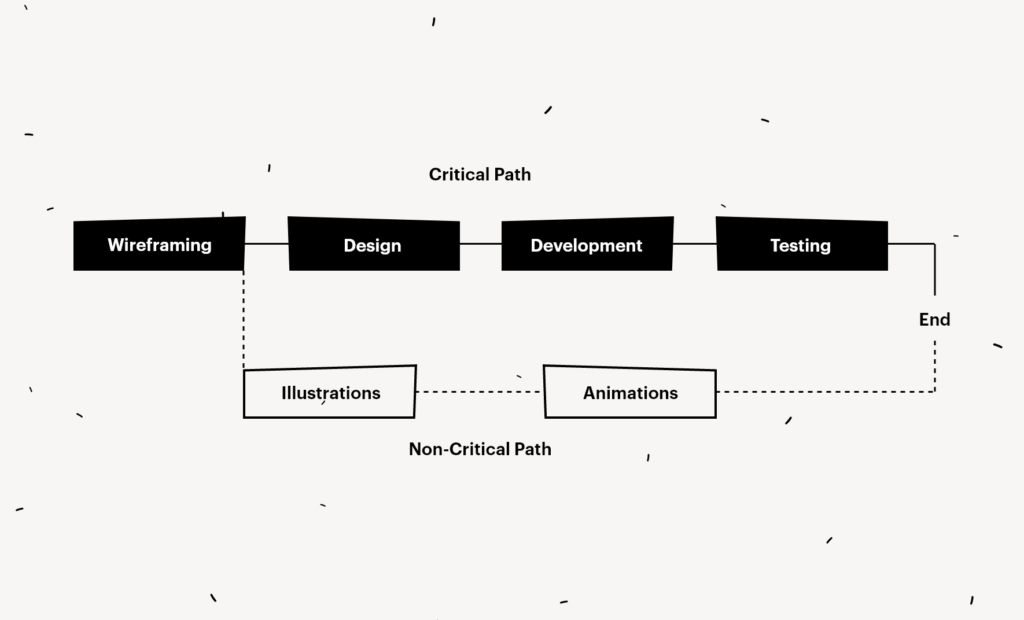
In the world of project management, there exists a fascinating concept called “float.” Float plays a crucial role in the success of any project, yet it often remains a mystery to many. But fear not, because this article aims to shed light on the subject for you. So, whether you’re an aspiring project manager or simply curious about the inner workings of projects, join us as we unravel the secrets of float and discover how it can make or break your project timelines.
Understanding Float in Project Management
Project management is all about effectively planning, organizing, and executing tasks to achieve specific goals within a given timeframe. One crucial aspect of project management is understanding the concept of float.

Definition and Explanation
Float, also known as slack, is the amount of time a task can be delayed without affecting the overall project schedule. It is the flexibility or buffer time available within a project. Float can be seen as the cushion that allows for unexpected delays or changes without causing the entire project to be delayed.
Types of Float
There are three main types of float in project management: total float, free float, and project float. Each type serves a specific purpose and provides valuable insights into project scheduling.
Total Float
Total float is the amount of time that a task can be delayed without delaying the overall project completion date. It refers to the total flexibility available for an activity without impacting the project’s critical path. Total float helps project managers in understanding the extent of delay a task can tolerate without causing a delay to the project’s final delivery.
Free Float
Free float is the amount of time that a task can be delayed without delaying the start of any dependent tasks. It represents the flexibility available for a specific task without impacting the subsequent activities’ start dates. Free float is essential for optimizing resource allocation and minimizing the impact of delays on other dependent activities.
Project Float
Project float is the total amount of time that the entire project can be delayed without breaching any imposed deadlines or contractual obligations. It provides an overall view of the project’s flexibility and allows project managers to analyze potential risks and adjust the project schedule accordingly.
Calculating Float
To calculate float, various project management techniques, like the Critical Path Method (CPM), can be utilized. CPM identifies the critical path, which is the sequence of activities that determines the project’s shortest possible duration. By analyzing the critical path, project managers can identify the tasks with zero total float and focus on managing and optimizing those tasks.
Additionally, project management software and tools often provide automated float calculations, making it easier for project managers to monitor and manage float effectively.
Importance of Float
Float plays a vital role in project management as it provides flexibility to adapt to changes and unexpected events without jeopardizing the project’s completion date. Understanding float is crucial for project managers and team members alike, as it helps anticipate potential delays, allocate resources efficiently, and maintain project schedules.
By having a clear understanding of float, project managers can make informed decisions about assigning resources, managing dependencies, and adjusting project timelines. This knowledge enables better risk management and enhanced project control, leading to overall project success.

Benefits of Proper Float Management
Proper float management brings numerous benefits to project management. These benefits include:
-
Flexibility: Float allows for flexibility in project schedules, accommodating unexpected events or changes without significant disruptions.
-
Risk management: By identifying and monitoring float, project managers can proactively manage risks and mitigate potential delays.
-
Resource optimization: Understanding float helps allocate resources effectively, ensuring their availability when critical tasks require them.
-
Improved decision-making: Float management provides valuable insights for making informed decisions during the project planning and execution phases.
-
Enhanced productivity: Effective float management prevents unnecessary delays and keeps the project on track, promoting higher productivity among team members.
-
Client satisfaction: Meeting project deadlines and maintaining effective float management leads to greater client satisfaction and trust.
Float vs Slack
Float and slack are often used interchangeably, but they have slightly different meanings. While both terms refer to the flexibility within a project schedule, float specifically relates to the delay a task can tolerate without affecting the project’s completion date. On the other hand, slack is a more general term that encompasses all types of available time in a project schedule, including float.

Common Mistakes in Float Management
Despite its importance, float management is often overlooked or misunderstood in project management. Here are some common mistakes to avoid:
-
Neglecting float analysis: Failing to analyze and understand float can lead to underestimating project risks and potential delays.
-
Over-allocating resources: Without considering float, resources may be over-allocated, leading to bottlenecks and delays in critical tasks.
-
Not updating float calculations: As project circumstances change, it is essential to update float calculations to reflect the current status accurately.
-
Ignoring critical path activities: Neglecting critical path activities can result in delays that impact the project’s overall timeline.
-
Lack of communication: Failing to communicate float-related information to the project team can lead to misunderstandings and inefficiencies.
To prevent these mistakes, project managers should prioritize float analysis, regularly update float calculations, and foster clear communication among team members regarding float and its implications.
In conclusion, float is a valuable concept in project management that provides the flexibility needed to adapt to changes without jeopardizing project timelines. By understanding and effectively managing float, project managers can optimize resource allocation, mitigate potential risks, and ensure project success. So, embrace float as a friend in your project management journey, and unlock its benefits to achieve your project goals efficiently.







